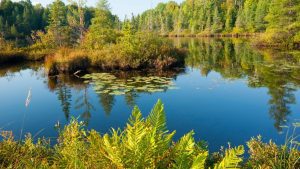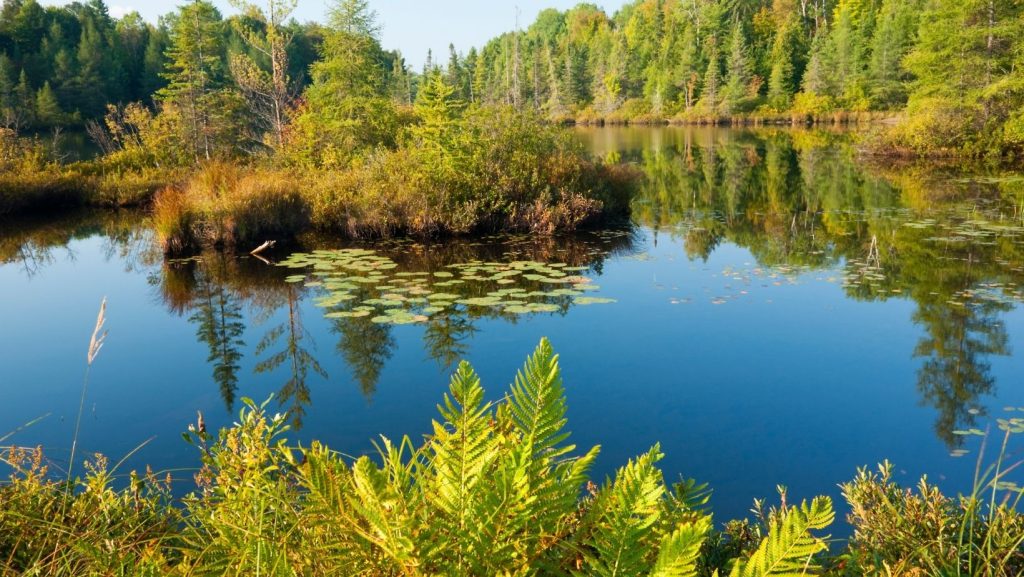The word “Biodiversity” has become prominent in the press and in our daily language. What does it mean?
Often it just means how many kinds of plants or animals – the total number of species. A common aim of management is to conserve the highest number of species. But a large number of species with only a few individuals of each kind is not a lasting community structure. It is characteristic of a disturbed ecosystem.
More meaningful measures of biodiversity describe that diversity in separate terms of “richness” and of “evennenss”. “Richness” tells the number of species and “evenness” describes whether the number of individuals is nearly equal in each species or instead there are many individuals in only a few species and very few individuals in other species. We would see the diversity quite differently in a community with almost all the individuals in one species and very few individuals in all other species, like a crop field, in contrast with a community with equal numbers of individuals in all the species. Like a freshly disturbed patch of ground.
Simply describing a community by stating the total number of species and no other information, expresses a felt need but not much insight.
The need is not just for the variety of living things as if they were stamps in a collection. What we are looking for is insight into the ability of the biotic system to maintain itself under impacts, often from us.
A living system with a higher probability of recovering from an impact can be called resilient. Resilience can be measured. It is the probability of recovery after a measured impact. Resilience would be a better measure of the indefinable quantity that biodiversity is trying to represent. Resilience is directly relatable to the complex of processes responsible for self-maintenance of the ecosystem – the primary target of our concern. But resilience is not so easy to measure.
Written by: Gray Merriam




 Why is The Land Between bioregion special?
Why is The Land Between bioregion special?
Leave a Reply